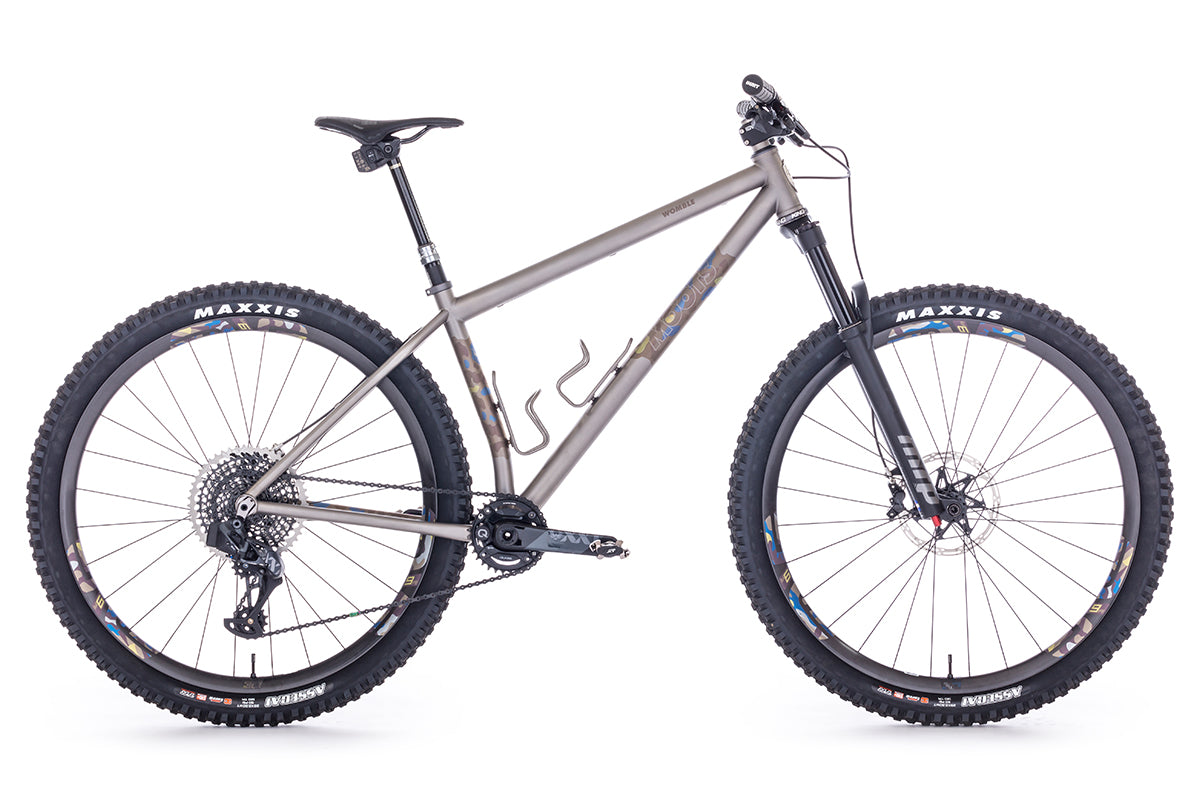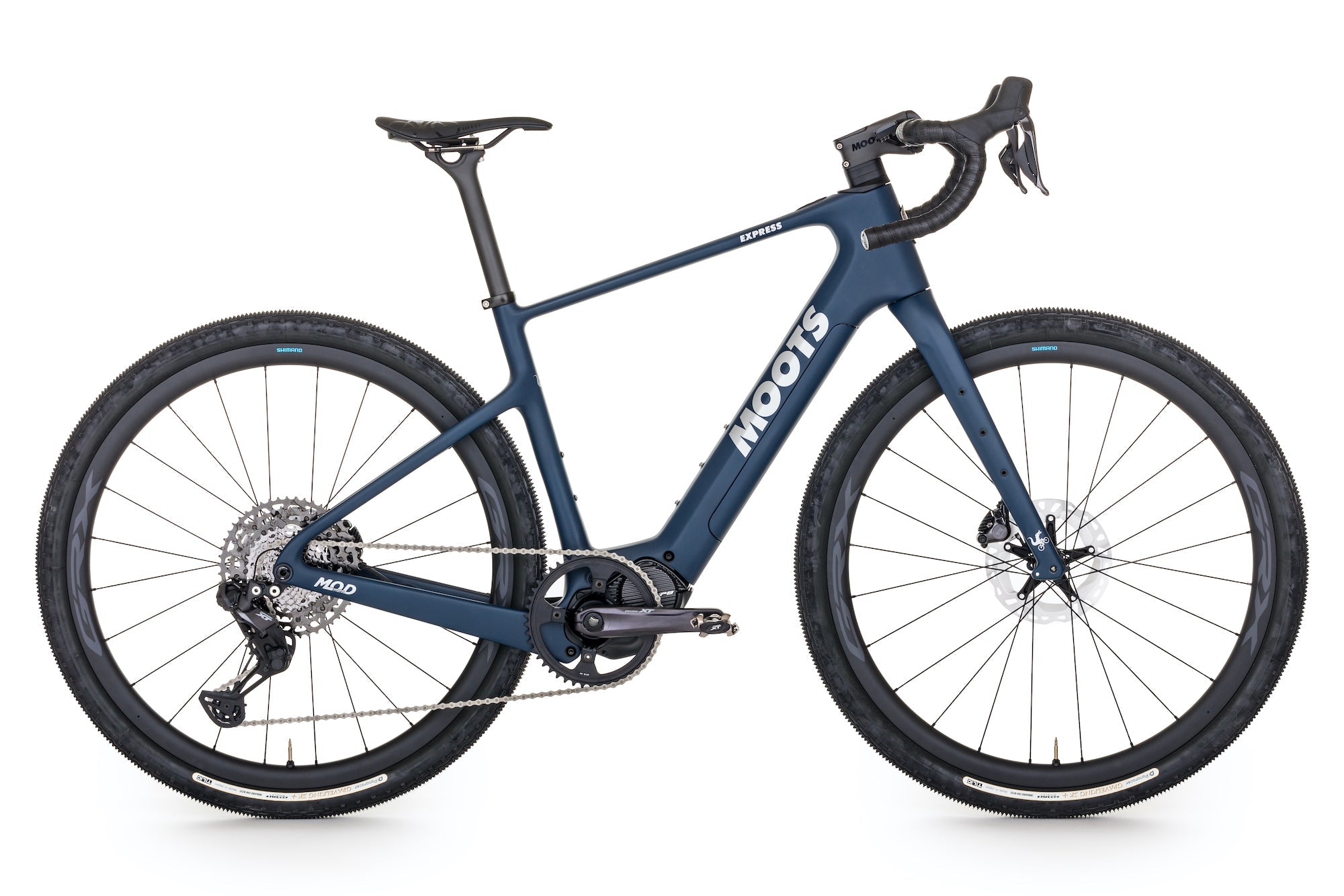A sign from friends course-side this last weekend. I think they miss Dan for sure.
As we launch our new website for 2016 it is a true honor to have our first post come from GrassMoots rider and an all-around great person Dan Seaton. Dan has been based in Belgium for the past 7 years and during that time he’s reported the European Cyclocross seasons for Velonews in his “spare time” from being an astrophysicists in “real life”. He’s now moved back to the US and starts a new chapter in Boulder, Colorado. He writes this piece of reflection on what it was like and the essence of loving the bike no matter where you might live……..
words by: Dan Seaton
Driving to the race a few Sundays ago, a sunny late autumn afternoon on the E-40, I passed the exit for Drongen, a modest village at the fringes of Gent, and momentarily traveled back in time.
It’s the last Sunday of November, 2010: The temperature has been dropping all week, and the morning in Drongen is downright frosty. A dusting of snow covers the fields, which are themselves buried under a crust of frozen mud. The course straddles the highway: A long start straightaway that ends in a tight left turn onto narrow singletrack and a steep climb to the overpass that leads to the other side of the course. Then unrideable mud, a second steep climb, and a plunge back down and into the frozen fields.
It is one of those days where the mud is bad enough you want to wash the bike, but you know the wash will be a sort of Faustian bargain, earning you maybe half a lap of smooth riding before things start to freeze. I decide that, outside of an emergency, I’ll opt out of the deal, stick with a dirty but functional bike as long as I can.
Atomium: Every year Brussels closes all its roads to cars for one Sunday in September, and the city’s residence pack the streets on their bikes, cycling to parties at famous landmarks like the Atomium.
In 2010 we still lived in a fifth-floor walk-up in Ixelles, south Brussels, and I trained for steep cyclocross climbs by carrying my bike up the 100 stairs that led to our apartment. I would shoulder the bike and run, over and over, trying to reach the top of the stairs before I even started to feel winded, then — as my body caught up with the effort — gasping for breath at the top.
All that training pays off in the race, and I quickly start passing people who normally might be half a lap ahead of me. Every time we climb back up to the overpass, fumbling for footing in the slippery, half-frozen mud, I pass someone else. It is one of those magical days where everything lines up you perform at a level so far beyond your usual self that you have to remind yourself you aren’t dreaming. And on this particular day I am definitely not dreaming.
One by one I pick off the guys — Carlo and Jeroen and Gregory — rider by rider, lining up what is sure to be my best race ever.
A little over lap to go and I hear a commotion off to the side of the course. I look up as I come around a 180-degree left turn and see a donkey standing in the field just off the side of the course. Steam is pouring off him in the cold, and he is bucking and braying. Scenes like this are so very normal for a Flemish race, but it is undeniably weird. “Go, Dan, go!” I imagine him saying, as I pick off another rider, and another.
Alsemberg: One of my favorite races in Belgium, the Classica Elsemaa in Alsemberg, just outside Brussels.
Just as quickly I am back on the E-40, driving my kids to see the Superprestige race in Ruddervoorde on an unseasonably warm November afternoon again. The exit is receding into the distance by the time I can start to tell my son the story. Daddy’s big day, and the donkey.
When you prepare to leave a place where you have lived for so long, it seems like everywhere you go takes on a special significance. Off you go on an ordinary afternoon ride and suddenly you’re awash in emotion. There’s the place we used to rent cars to get to races when we first arrived here and didn’t own our own. There’s that restaurant we loved so much, the place with the crazy good lasagne, closed now years ago.
Bike Path: The path that was the center of my cycling life back when my wife was pregnant with our daughter.
Here I am again on that 45 minute loop around Brussels that I rode so many times when my wife was pregnant, due any day, and I couldn’t afford to be more than a few minutes from home. I rode that loop so much that starting out that way — east through the Bois de la Cambre, then south to cut through the Foret de Soignes, to the bike path in the middle of Boulevard du Souverain — is just muscle memory now.
We are leaving Belgium after seven-and-a-half years. In this time I have seen my career and my family blossom and grow, and I have immersed myself completely in the sport of cyclocross. I have raced at every opportunity, dozens and dozens of races, and I have written about and photographed the sport at its highest level for VeloNews.
Corey: Moots’ own Corey Piscopo visited us this summer and did some off-road exploring in the Flemish countryside
In that role I watched legends like Richard Groenendael and Erwin Vervecken retire. I watched Zdenek Stybar, a three-time world champion, go from cyclocross prodigy to Paris-Roubaix contender and fan-favorite on the road. I watched Niels Albert win his first elite world title, his second, then suddenly walk away, a heart condition undoing what might have been, eventually, one of the legendary careers in the sport. Daphny van den Brand, who I’ll confess will forever one of my favorite riders — who raced like a prizefighter, with a ferocious, attacking style on the bike but was always quick with a smile and generous to fans and reporters alike — is gone, now focused on a new adventure as a mother.
And there’s Amy Dombroski, who I still miss, still think about every time I throw a leg over my bike.
Cyclocross is relentless. Young, talented riders keep coming, pushing established, aging stars out of the way. Before Wout Van Aert and Mathieu van der Poel were Stybar and Albert, and before them were Vervecken and Groenendael, De Clercq and Herygers. Go back far enough and you come back to another Van der Poel, a generation ago. We’ve come full circle.
Only Sven Nys seems to have discovered how to stay competitive at age 39.
Truth be told, I imagine I feel a little like Nys myself, now doing battle with much younger men, even though I myself am a few years younger than he is. Nothing is quite as easy as it was a couple of years ago. It takes longer to recover from training, and I have more nagging problems and pains and they take longer to heal than they used to. I’ve wrung a huge amount of vivid experience out of my racing and the pro racing I’ve been fortunate enough to follow up close. I am leaving without many regrets.
Sven: Sven Nys in the Zonhoven Superprestige in October. Like the soon-to-be-retired legend, I’ve been feeling my age lately.
Nys told me in an interview that the thing he’ll miss most in retirement is the time on the bike, hours training in the summer sun or grinding away on a cold, gray winter day. He loves it, he told me, always will love it, even as he recognizes that he cannot go on forever; the young guys are too good and coaxing a 40-year-old body to perform at their level just gets harder and harder.
That’s cyclocross for me, just pure love. I have no plans to retire — it has never been about winning for me anyway so my aging body isn’t so much of a liability, I love the feeling of being on my bike, pushing as far as I can go, too much to stop.
But I am ready for a change. Nostalgia aside, we are leaving at the right moment, and I am ready for the next adventure.
Pajottenland: The Pajottenland, the region of Flanders directly west of Brussels, was one of the loveliest places to ride a bike that I’ve ever been.
Here’s what I will miss: the Belgian roads, narrow and uneven and never straight, frequently wet and muddy. Brussels itself is a tangle with a thousand loose, wavering threads streaming out in all directions. To the south the roads arc gracefully through the woods, unpaved, but smooth as glass in many places. To the west they twist and fold themselves around the lush, deep green of the Flemish farms, so well-supplied with rain, especially this time of year. To the east they race towards Leuven, Liege, and the rest of Europe beyond, big arteries slowly giving way to residential streets and finally tractor paths.
Brussels: A view of Brussels — and many of my cycling routes in the city — from the last place we stayed before leaving Belgium.
For our last few days in Belgium we move from our house to another place, way up on the ninth floor, not far from one of the highest points in Brussels. From the deck that rings the apartment you can look out and see the whole city and all the countryside around it. In Belgium, flat as it is, you don’t have to go very high for a great view.
Daphny: Chatting with one of my favorite riders of all time, former world champion Daphny van den Brand, at the inaugural World Cup race in Valkenburg, the Netherlands, a few years ago
Suddenly the whole little world of my last seven years is laid out in one sweeping view in front of me. Only a few of my regular routes would dip much beyond the horizon from this vantage point, and it occurs to me how very small the world I’ve spent most of these years in really is. It doesn’t take very much to build a life, to embark on an adventure, to get just lost enough to push your horizons out a little farther. All I ever needed was a bit of road and two wheels.

























